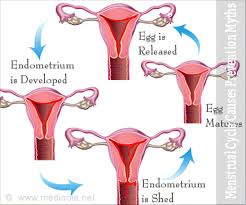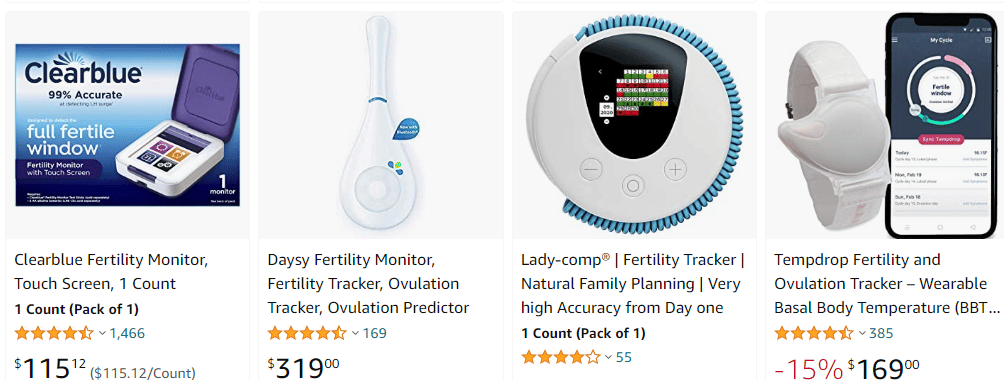
Pregnancy Cycle – Ovulation Predictor
Sometimes, specially for certain couples, getting pregnant takes longer while others get pregnant once they plan it. While our ancestors certainly not did think of using methods to chart their fertility and their pregnancy cycle , today we have that option and, at many times, the need of using ovulation predictors or menstrual cycle calculators. These can predict your dates of ovulation and planning becomes easier for couples trying to get pregnant.
Pregnancy cycle
The pregnancy cycle begins with Ovulation. Ovulation occurs halfway through the cycle around the 14-15th day of a standard 28-day menstrual cycle. It is then that one or more of your eggs is released from the ovary and then goes down the fallopian tube where it is fertilized. During this process your body temperature raises to create a more fertile environment for the egg. This increase in temperature is caused due to increased levels of the hormone progesterone
The traditional method includes charting fertility cycles, taking your body temperature to check for ovulation and monitoring cervical mucus. Charting your fertility cycle will give you a clue to predicting ovulation and thus knowing when you have the best chance of becoming pregnant. Then you can plan to have intercourse during the 2 or 3 days preceding ovulation.
Ready For The Egg
That way the sperm (which can survive for 3- 7 days) can lie in wait in the fallopian tubes, ready for the egg when it is released, increasing your chances of conception. This method also known as Fertility Awareness is a method where women can monitor their cycles to identify ovulation to help getting pregnant.
You’re most fertile at the time of ovulation (when an egg is released from your ovaries), which usually occurs 12 to 14 days before your next period starts. This is the time of the month when you’re most likely to get pregnant. It’s unlikely that you’ll get pregnant just after your period, although it can happen.
If you are trying to get pregnant, it’s helpful to know when you ovulate. Ovulation is when an egg is released from an ovary. Your ovulation period lasts for 12 to 48 hours.
However, since sperm are hardy and can survive in the female reproductive tract for around 72 hours, you can get pregnant anywhere from five days before you ovulate to a day after you ovulate. This period is known as your fertile window. Timing sex during this six-day fertile window makes you significantly more likely to conceive, according to research
While these methods has been very effective they definitely require more of an effort and in today’s rushed environment, women find it more convenient to use the kits that are available. There are different categories of ovulation cycle predictors:
Ovulation Predictor Kits
Ovulation Predictor Kits (OPKs) which test the levels of Luteinizing hormone in your urine. Luteinizing hormone (LH) levels go up 12 -36 hours before ovulation. These kits are said to be quite accurate. In fact the newer models are digital and the results can be analyzed quite easily hard to interpret.
Fertility Monitoring Units are more expensive than Ovulation Predictors but they give a wider window of fertility period in your cycle.
Fertility Monitoring
Pregnancy Cycle There are various other Kits available but if you are unable to get pregnant in spite of keeping track of your ovulation cycle, it is better to ask your doctor for the correct information. May be additional tests are required to rule out medical conditions like PCOS which do prevent a woman from getting pregnant.
Be sure to visit the Painfree Childbirth Program Page, and know more about this popular program for eliminating fear and discomfort of labor pain from your childbirth.






